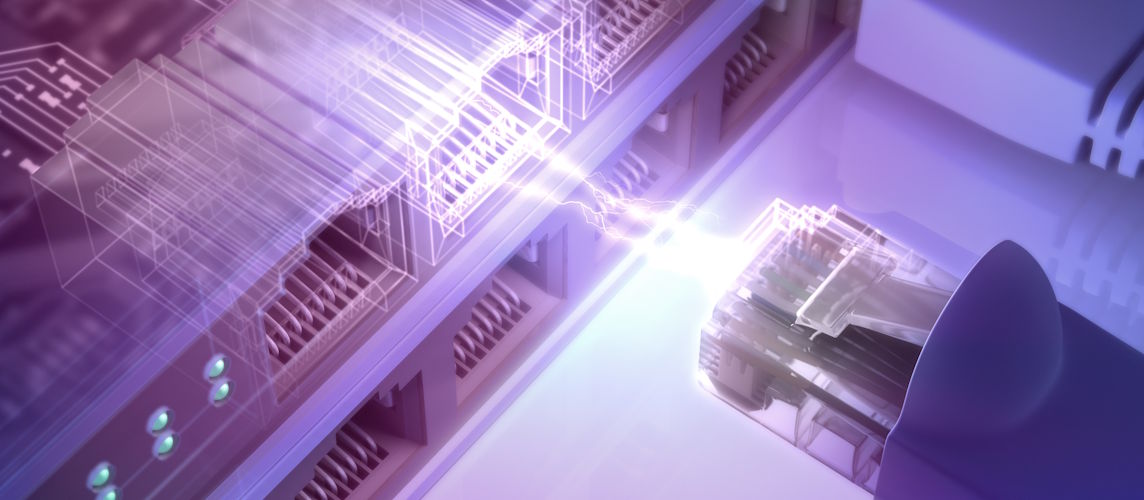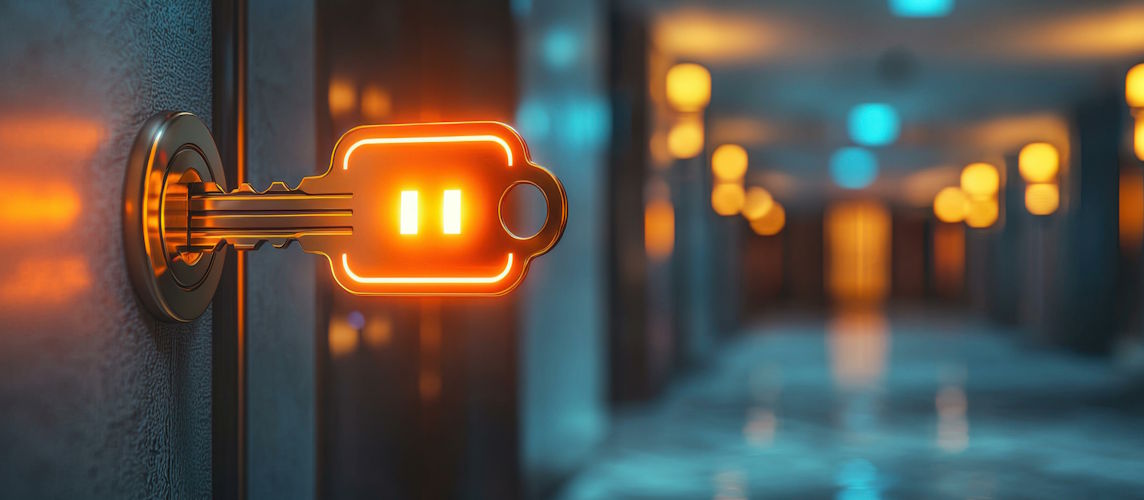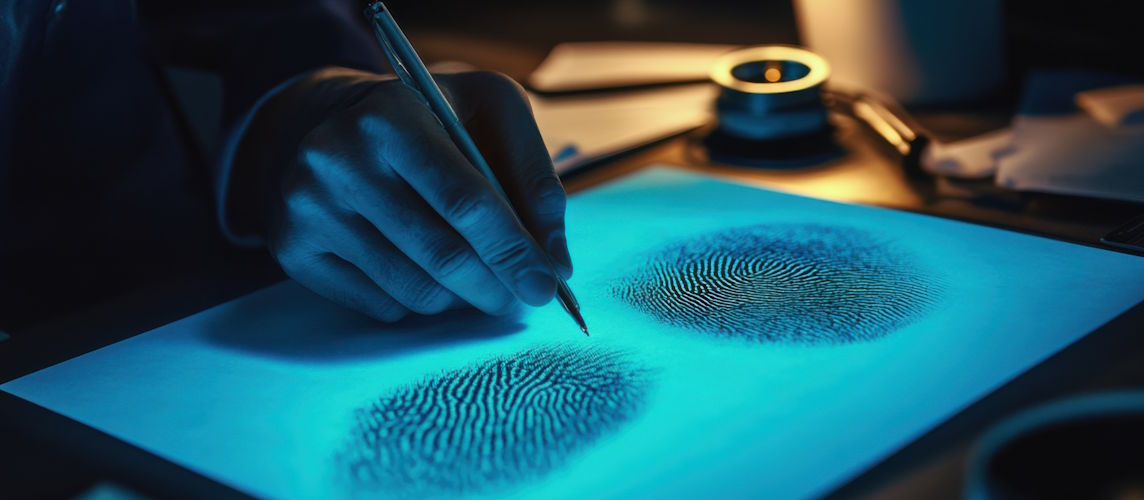Hikvision PoE Camera Setup Guide: Fewer Cables, Faster Install

In modern CCTV systems, PoE (Power over Ethernet) has transformed how we install and manage surveillance cameras. Instead of dealing with separate power and video lines, PoE simplifies the process by combining both in a single Ethernet cable. If you're using or planning to use Hikvision equipment, this comprehensive Hikvision PoE Camera Setup Guide will walk you through the entire process—from selecting the right devices to powering on your network and optimizing performance.
Whether you're setting up a few cameras for your home or deploying a full-scale commercial system, this guide ensures a faster install with fewer cables and minimal frustration.
What is PoE, and Why Use It?
Power over Ethernet (PoE) is a technology that allows electrical power and data to be transmitted over the same Ethernet cable (usually Cat5e or Cat6). This eliminates the need for separate power adapters for each camera.
Here’s why PoE is a game changer for CCTV systems:
- Simplified cabling (just one cable per camera)
- Centralized power management
- Easier installations in hard-to-reach places
- Reduced electrical interference
- Cleaner, more professional installations
When paired with a Hikvision PoE NVR, your setup becomes plug-and-play.
What You’ll Need for Your PoE Setup
Before starting your installation, gather the following:
1. Hikvision PoE NVR
Make sure the model includes built-in PoE ports (commonly 4, 8, or 16).
2. Hikvision PoE IP Cameras
Choose models that support PoE. Most recent Hikvision IP cameras do.
3. Cat5e or Cat6 Ethernet Cables
Use high-quality, shielded cables for longer runs and outdoor use.
4. Monitor, Mouse, and HDMI/VGA Cable
For configuring the NVR locally during the first setup.
5. Router/Switch (Optional)
Only needed for remote access or advanced network configurations.
Step-by-Step: Hikvision PoE Camera Setup Guide
Step 1: Plan Your Camera Layout
Before installation, walk around the site and decide where to place each camera. Focus on entry points, corridors, parking lots, and high-risk areas.
Tip: Avoid pointing cameras directly into strong light sources to reduce glare and improve visibility.
Step 2: Mount the Cameras
Use the provided brackets or junction boxes to mount your cameras securely. Make sure each unit is level and positioned for a wide field of view.
If mounting outdoors, consider weatherproof enclosures and water-resistant connectors for cable ends.
Step 3: Connect Cameras to the PoE NVR
This is the magic of PoE—just plug one end of the Ethernet cable into the camera and the other end into one of the PoE ports on the back of the NVR.
That’s it! No power adapters, no splitters, no clutter.
Once connected, the NVR will automatically detect and power the camera, assigning it an internal IP address.
Step 4: Boot Up and Access the NVR
- Connect the NVR to a monitor using HDMI or VGA.
- Plug in the power adapter and turn on the unit.
- Use the USB mouse to follow the setup wizard.
During the initial configuration, you’ll:
- Set the admin password
- Adjust time/date settings
- Confirm network configurations
- See your PoE-connected cameras appear on-screen
Step 5: Configure Camera Settings
Once the cameras are recognized, it’s time to fine-tune their settings.
Go to:
Menu > Camera > OSD / Image / Motion
You can now:
- Adjust brightness, contrast, and resolution
- Set detection zones for motion alerts
- Rename each camera (e.g., Front Door, Parking A, etc.)
- Activate video analytics if supported (intrusion detection, line crossing, etc.)
Tip: Rename cameras early—it makes managing large systems easier.
Step 6: Set Up Recording
Navigate to:
Menu > Record > Schedule
Choose between:
- Continuous Recording (24/7)
- Motion Detection (saves storage)
- Event-Based Recording (like face detection or intrusion)
- Ensure each channel is enabled and the HDD is formatted and active.
Step 7: Enable Remote Access
To view footage from your smartphone or PC, you need to connect the NVR to your router.
- Use a standard Ethernet cable to link the NVR to your network router.
- Go to:
Menu > Configuration > Network
- Enable Hik-Connect under “Platform Access.”
- Use the Hik-Connect app to scan the QR code on your screen and link the NVR.
Now you can access your live view and recordings from anywhere.
PoE Best Practices for Hikvision Systems
To get the most out of your PoE system, follow these tips:
1. Use Proper Cable Lengths
PoE works reliably up to 100 meters (328 feet). For longer distances, use a PoE extender or switch.
2. Protect Your Network
Install surge protectors and consider using shielded cables outdoors to avoid lightning damage or signal interference.
3. Label All Cables
Use tags or printed labels at both ends of each cable. This makes maintenance and upgrades much easier.
4. Update Firmware
Regularly update your cameras and NVR firmware via Hikvision’s website to benefit from performance improvements and security patches.
5. Monitor Power Budget
Each PoE port provides limited wattage (usually 15W to 30W). Check your camera specs to ensure you don’t overload the system.
Troubleshooting Common Issues
Camera Not Detected?
- Check Ethernet cable integrity
- Try a different PoE port
- Confirm the camera is PoE-compatible
No Image on Monitor?
- Ensure monitor is on the correct input
- Use HDMI over VGA if available
- Reboot the NVR
Remote Access Not Working?
- Verify the NVR has internet access
- Confirm Hik-Connect is enabled
- Restart your router
Final Thoughts
This Hikvision PoE Camera Setup Guide was designed to help you install your security system quickly, cleanly, and professionally. By using Power over Ethernet, you reduce cable clutter, speed up installation, and create a scalable surveillance solution for homes, offices, and commercial sites.
With just one cable per camera, everything becomes simpler—from planning and installation to future upgrades.
Need help installing PoE cameras in Dubai or the UAE? The experts at TechService.ae offer professional CCTV design and installation using Hikvision’s most advanced PoE solutions.


 Solar Panel Cleaning & Maintenance Kits
Solar Panel Cleaning & Maintenance Kits Solar Mounting Structures
Solar Mounting Structures Solar Batteries & Inverter Systems
Solar Batteries & Inverter Systems Commercial, Residential & Industrial Solar Panels
Commercial, Residential & Industrial Solar Panels Portable & Foldable Solar Panels
Portable & Foldable Solar Panels
 IP Cameras
IP Cameras HD Analog Camera
HD Analog Camera Dash Cameras
Dash Cameras DVR (Digital Video Recorders)
DVR (Digital Video Recorders) Integrated Alarm Systems
Integrated Alarm Systems AI-Powered Video Analytics
AI-Powered Video Analytics Cloud Storage Solutions
Cloud Storage Solutions Camera Accessories
Camera Accessories NVR (Network Video Recorders)
NVR (Network Video Recorders) Special Cameras
Special Cameras Video Management Software (VMS)
Video Management Software (VMS) Monitoring & Display Equipment
Monitoring & Display Equipment
 Ethernet Cables
Ethernet Cables Ethernet & PoE Switches
Ethernet & PoE Switches Network Racks & Accessories
Network Racks & Accessories Network Monitoring Software
Network Monitoring Software Modem & Routers
Modem & Routers
 WiFi Routers
WiFi Routers WiFi Controllers & Management Systems
WiFi Controllers & Management Systems WiFi Antennas & Signal Boosters
WiFi Antennas & Signal Boosters WiFi Adapters & Dongles
WiFi Adapters & Dongles IoT & Smart WiFi Devices
IoT & Smart WiFi Devices WiFi Access Points (APs)
WiFi Access Points (APs)
 Fiber Optic Accessories
Fiber Optic Accessories Optical Fiber Cables
Optical Fiber Cables
 Smart Home Appliances
Smart Home Appliances Smart Home Entertainment
Smart Home Entertainment Smart Hubs & Controllers
Smart Hubs & Controllers Smart Lighting
Smart Lighting Smart Plugs & Power Management
Smart Plugs & Power Management Smart Security & Surveillance
Smart Security & Surveillance Smart Sensors & Detectors
Smart Sensors & Detectors Fleet Management & Commercial GPS Solutions
Fleet Management & Commercial GPS Solutions
 HDDs & SSDs
HDDs & SSDs Cloud Storage Services
Cloud Storage Services Storage Area Network (SAN)
Storage Area Network (SAN) Removable & Portable Storage
Removable & Portable Storage Network-Attached Storage (NAS)
Network-Attached Storage (NAS)
 Intercom & Video Door Entry Systems
Intercom & Video Door Entry Systems Electronic & Smart Locks
Electronic & Smart Locks Authentication Devices
Authentication Devices Access Control Systems
Access Control Systems Access Control Software & Integration
Access Control Software & Integration Visitor & Time Attendance Management
Visitor & Time Attendance Management Access Control Panels & Controllers
Access Control Panels & Controllers
 Electrical Tools & Testing Equipment
Electrical Tools & Testing Equipment Lighting Solutions
Lighting Solutions Industrial Electrical Components
Industrial Electrical Components Power Distribution Products
Power Distribution Products Power Supply & Backup Solutions
Power Supply & Backup Solutions Wiring & Cables
Wiring & Cables Electrical Conduits & Cable Management
Electrical Conduits & Cable Management
 Cables
Cables Adaptors
Adaptors Extenders
Extenders Computer Accessories
Computer Accessories










